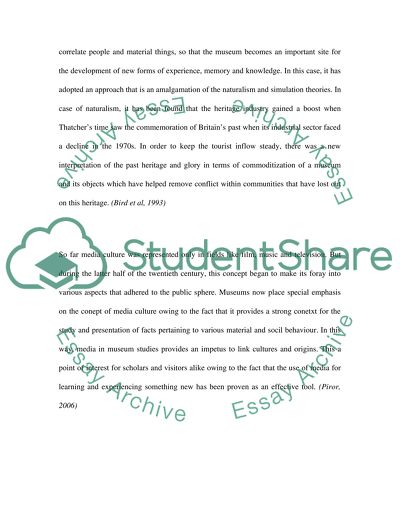Cite this document
(“Museum and media studies at wildwalk Essay Example | Topics and Well Written Essays - 2250 words”, n.d.)
Retrieved from https://studentshare.org/visual-arts-film-studies/1533315-museum-and-media-studies-at-wildwalk
Retrieved from https://studentshare.org/visual-arts-film-studies/1533315-museum-and-media-studies-at-wildwalk
(Museum and Media Studies at Wildwalk Essay Example | Topics and Well Written Essays - 2250 Words)
https://studentshare.org/visual-arts-film-studies/1533315-museum-and-media-studies-at-wildwalk.
https://studentshare.org/visual-arts-film-studies/1533315-museum-and-media-studies-at-wildwalk.
“Museum and Media Studies at Wildwalk Essay Example | Topics and Well Written Essays - 2250 Words”, n.d. https://studentshare.org/visual-arts-film-studies/1533315-museum-and-media-studies-at-wildwalk.


